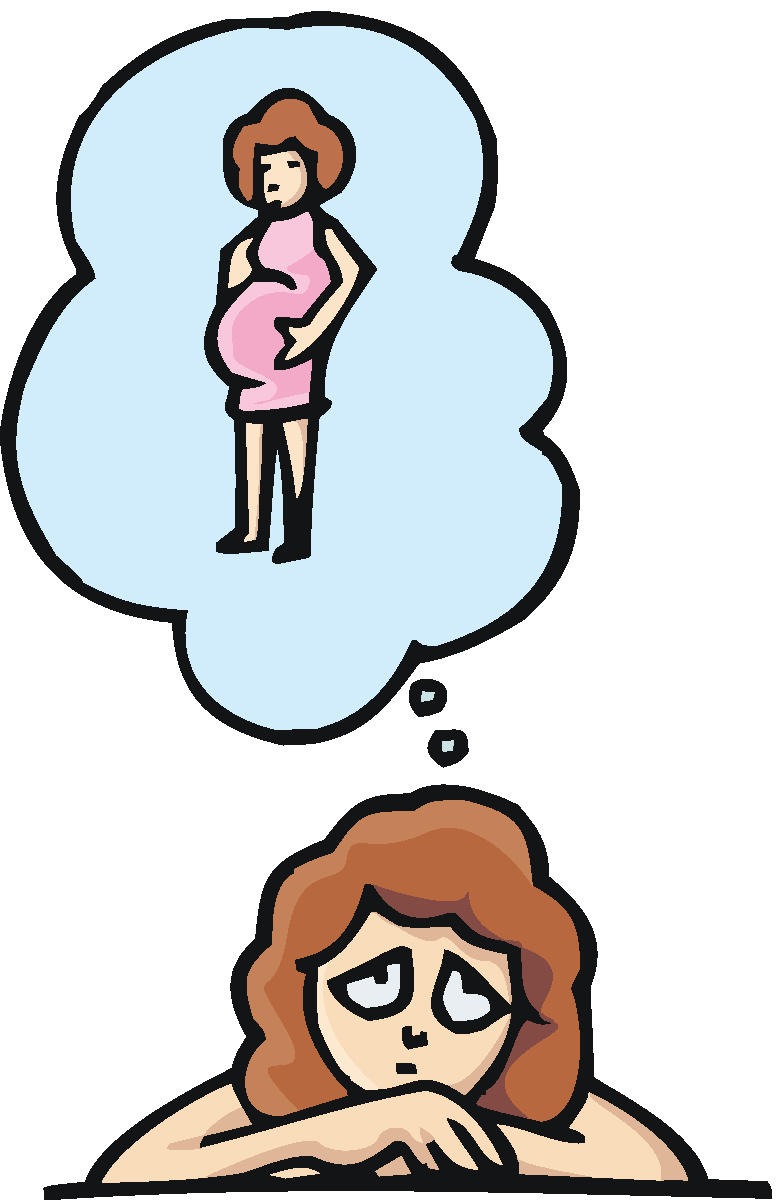Infertility
Natural human fertility is low compared with most other species and peak human fertility (defined as the chance of pregnancy per menstrual cycle in the most fertile couples) is no higher than 33%.
Most fertile couples – around 90%, should achieve pregnancy within a year of regular intercourse. This rises to 95% over a two year period and for some couples therefore, a long delay in conceiving reflects low fertility rather than infertility. Even so, the usual criterion to define infertility and initiate investigations, is a delay of more than one year. This is especially true for patients over 30 when the natural decline in fertility begins to accelerate.
Widespread media coverage of the subject of infertility and recent high-profile cases have raised overall public awareness to the fact that a large group of the population may find they suffer from one or more conditions which will affect their chances of starting a family.
A visit to the GP is the most likely course of action for a couple concerned about failure to conceive after several months of unprotected intercourse, Bridge welcomes both referred patients and self-referrals.
In the past 25 years, the percentage of births to women aged 30 or over has doubled. This very evident trend of delaying childbirth until career or other lifestyle objectives have been achieved has consequences which many women are fully prepared to risk, although a proportion may be insufficiently aware of the steep decline in fertility which begins in the early 30s.
In addition to the age factor, the main causes of infertility are sperm dysfunction, ovulation disorder and fallopian tube damage. These conditions are covered in the following sections.
